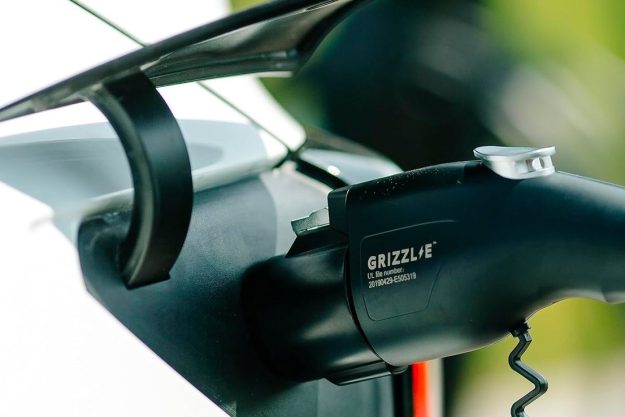Nissan’s luxury brand, Infiniti, is bringing an identity crisis to the U.S.
The Infiniti Q30 concept made its North American debut at the 2013 LA Auto Show.
First unveiled at the Frankfurt Motor Show back in September, the Q30 previews a future compact luxury car from Nissan’s upscale brand.
The concept makes the biggest impression with its styling. Infiniti says the Q30 blends the lines of a coupe, the profile of a hatchback, and the stance of a crossover. The overall shape is as chimeric as that description sounds, and it’s definitely more hatchback than coupe.
The Q30 is saved by plenty of interesting lines borrowed from the Etherea, Essence, and Emerg-E concepts, and a front end that seems to have been taken directly from the handsome Q50 sedan.
Those lines continue through the highly-sculpted interior, which Infiniti says is less “clinical” than a typical luxury car’s. There isn’t a horizontal or vertical line to be found, and the purple lighting certainly livens things up.
A front-wheel drive (or possibly all-wheel drive) hatchback wearing a premium badge probably doesn’t sound too appealing to traditional luxury-car buyers, but it’s not meant to.
Infiniti says the Q30 is meant to appeal to younger buyers. Officials say they prefer smaller cars that are not easily categorized.
A similar impulse to broaden appeal is what led Mercedes-Benz to launch the compact CLA-Class “four-door coupe” and GLA-Class crossover, both of which are based on the front-wheel drive platform that underpins the A-Class.
In fact, a production Q30 might share a few bits with the micro Mercs: Infiniti parent Renault-Nissan and Mercedes parent Daimler have forged an alliance, and the compact Infiniti will reportedly be the most visible product of it.
It’s all part of an identity crisis that mirrors the Q30’s coupe/hatchback/crossover design.
Infiniti lacks a definite identity, which is why officials hopes to expand the lineup with smaller, more fuel-efficient models that will appeal to buyers outside the U.S., and more expensive ones that will cement the brand’s reputation as a purveyor of luxury.
It’s always interesting to watch a car brand reinvent itself. We’ll see how that turns out in early 2015, when the production version of the Q30 is slated to go on sale.


